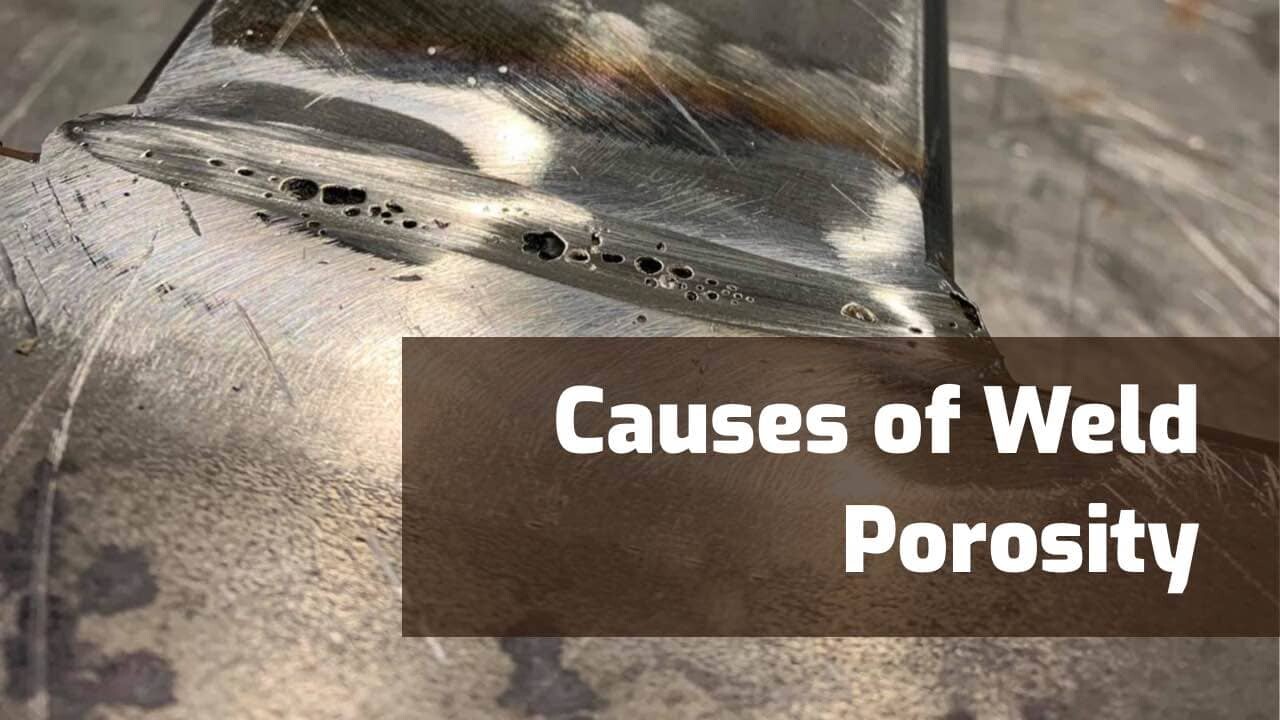Comprehending What is Porosity in Welding: Causes and Solutions
Comprehending What is Porosity in Welding: Causes and Solutions
Blog Article
Comprehending Porosity in Welding: Exploring Reasons, Effects, and Avoidance Strategies
Porosity in welding is a persistent difficulty that can substantially affect the high quality and honesty of welds. As specialists in the welding industry are well aware, understanding the causes, effects, and prevention strategies connected to porosity is crucial for achieving robust and trusted welds. By diving right into the origin of porosity, examining its detrimental impacts on weld quality, and discovering efficient prevention strategies, welders can improve their knowledge and abilities to produce high-quality welds consistently. The complex interplay of elements adding to porosity needs an extensive understanding and a positive strategy to make sure successful welding outcomes.
Usual Sources Of Porosity
Contamination, in the type of dust, oil, or rust on the welding surface area, creates gas pockets when heated, leading to porosity in the weld. Improper protecting takes place when the shielding gas, typically made use of in processes like MIG and TIG welding, is incapable to completely protect the liquified weld pool from reacting with the bordering air, resulting in gas entrapment and succeeding porosity. Furthermore, insufficient gas coverage, typically due to wrong circulation rates or nozzle positioning, can leave components of the weld unsafe, permitting porosity to create.
Results on Weld Top Quality
The existence of porosity in a weld can substantially compromise the overall quality and honesty of the welded joint. Porosity within a weld produces voids or dental caries that weaken the structure, making it more vulnerable to breaking, deterioration, and mechanical failing.
Additionally, porosity can impede the performance of non-destructive screening (NDT) techniques, making it testing to discover other defects or gaps within the weld. This can result in considerable safety concerns, particularly in vital applications where the architectural honesty of the welded elements is critical.

Avoidance Techniques Summary
Offered the harmful effect of porosity on weld top quality, effective prevention methods are important to keeping the architectural honesty of welded joints. In addition, choosing the appropriate welding specifications, such as voltage, present, and travel rate, can help minimize the risk of porosity development. By incorporating these prevention techniques right into welding methods, the event of porosity can be significantly minimized, leading to stronger and a lot more reputable welded joints.
Relevance of Appropriate Shielding
Correct securing in welding plays a crucial function in preventing climatic contamination and guaranteeing the integrity of welded joints. Shielding gases, such as argon, helium, or a mixture of both, are frequently made use of to safeguard the weld swimming pool from reacting with components in the air like oxygen and nitrogen. When these reactive elements enter call with the why not check here hot weld pool, they can create porosity, bring about weak welds with reduced mechanical properties.

Inadequate protecting can result in numerous flaws like porosity, spatter, and oxidation, jeopardizing the structural honesty of the welded joint. Therefore, adhering to proper shielding techniques is necessary to produce premium welds with very little issues and ensure the long life and integrity of the welded components (What is Porosity).
Tracking and Control Approaches
Just how can welders successfully check and control the welding process to make sure ideal outcomes and stop issues like porosity? By continually keeping an eye on these variables, welders can identify inconsistencies from the excellent conditions and make prompt adjustments to prevent porosity formation.

Furthermore, implementing proper training programs for welders is important for monitoring and controlling the welding procedure efficiently. What is Porosity. Enlightening welders on the value of maintaining constant criteria, such as appropriate gas shielding you could try these out and travel rate, can help protect against porosity issues. Regular analyses and accreditations can likewise make certain that welders are efficient in monitoring and controlling welding procedures
Furthermore, using automated welding systems can boost surveillance and control abilities. These systems can specifically control welding specifications, reducing the likelihood of human mistake and guaranteeing constant weld high quality. By combining sophisticated surveillance modern technologies, training programs, and automated systems, welders can efficiently keep track of and regulate the welding procedure to lessen porosity issues and accomplish top quality welds.
Final Thought

Report this page